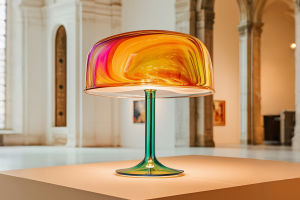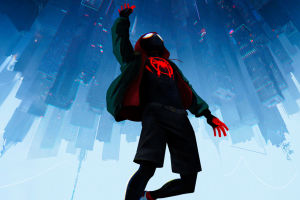
Art is a dynamic and ever-evolving expression of human creativity, and as it advances, so do the terms used to describe different periods and movements.
Modern Art and Contemporary Art are two such terms that are often used interchangeably, but they represent distinct phases in the history of art.
While Modern Art marks a pivotal chapter in the evolution of artistic styles, tracing its roots back to the late 19th century, Contemporary Art represents the ongoing, ever-changing landscape of artistic practice. Understanding the differences between these two periods requires exploring the movements, techniques, and innovations that have defined each era, as well as recognizing the unique challenges in defining art in the present day.
Is Modern Art the One in Modern Days?
Modern Art refers to artworks created in a somewhat recent but already historicized period, while Contemporary Art encompasses even more recent works, the result of artistic movements that are not yet historicized or concluded.
When we talk about Modern Art, we refer to a chapter in history that begins at the end of the 19th century, with the development of the so-called Avant-gardes and the departure from the figurative tradition. Modern art includes various artistic movements, such as Romanticism, which utilized rapid brushstrokes and pure colors to give brightness and drama to the works typical of the movement.
It was with the invention of the paint tube that allowed artists to move and paint outdoors that painting evolved, giving rise to the Impressionist movement. The Cubist movement blurred the line between what the eye sees and what the brain imagines, resulting in geometric compositions with real traits.
The Uncertainty of Contemporary Art
Defining Contemporary Art is more challenging, as there is no widely accepted definition. Some scholars and art critics place contemporary art throughout the 20th century, while others argue that it pertains to works created from the 1960s onwards, and some identify it in paintings from the last two decades of the 20th century.
The wide array of artistic movements that have characterized the last century contributes to the confusion in defining the era accurately. However, unlike Modern Art, Contemporary Art tends to involve new forms of artistic expression, such as video, digital art, and more recent entries like NFTs and Crypto Art.


